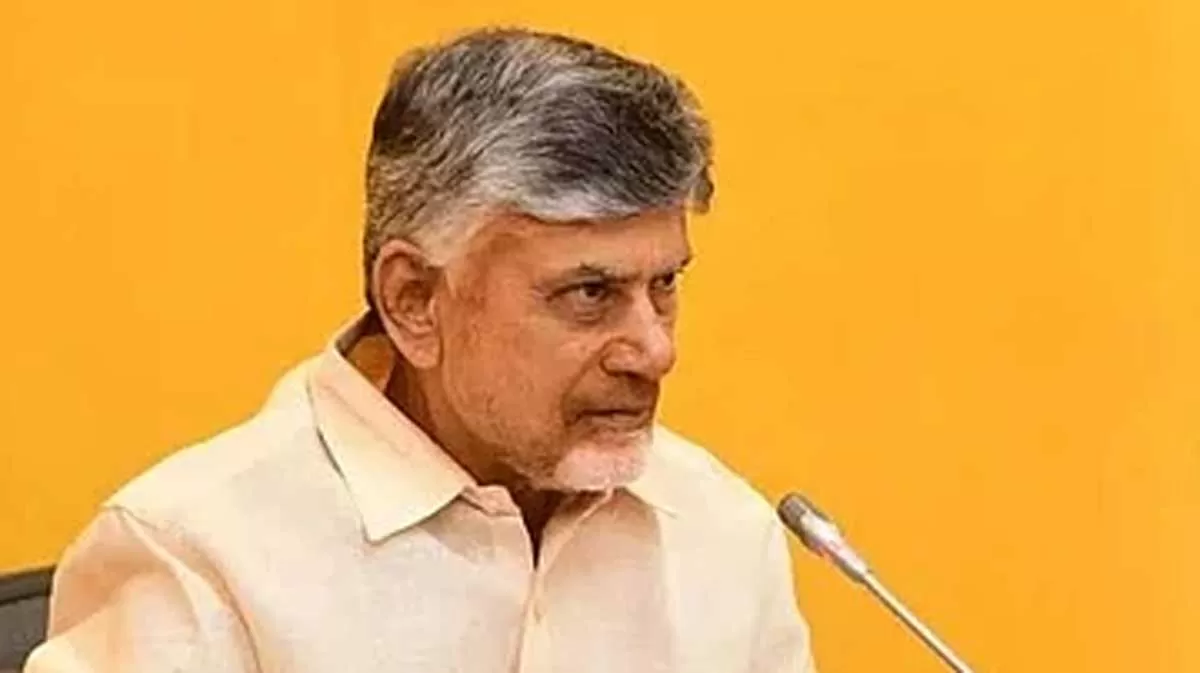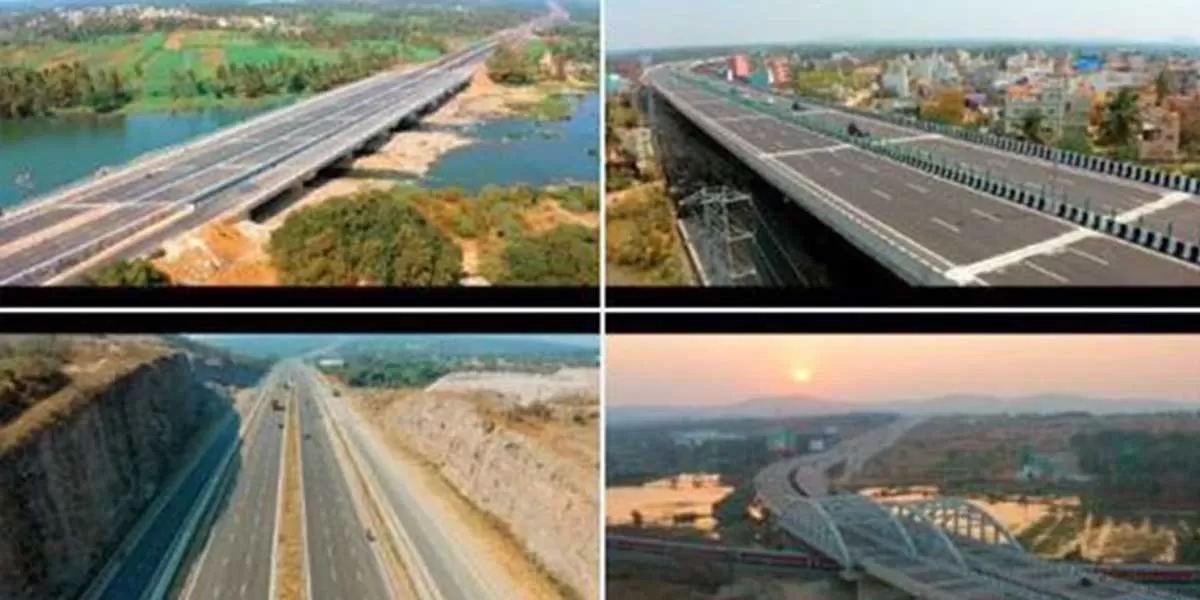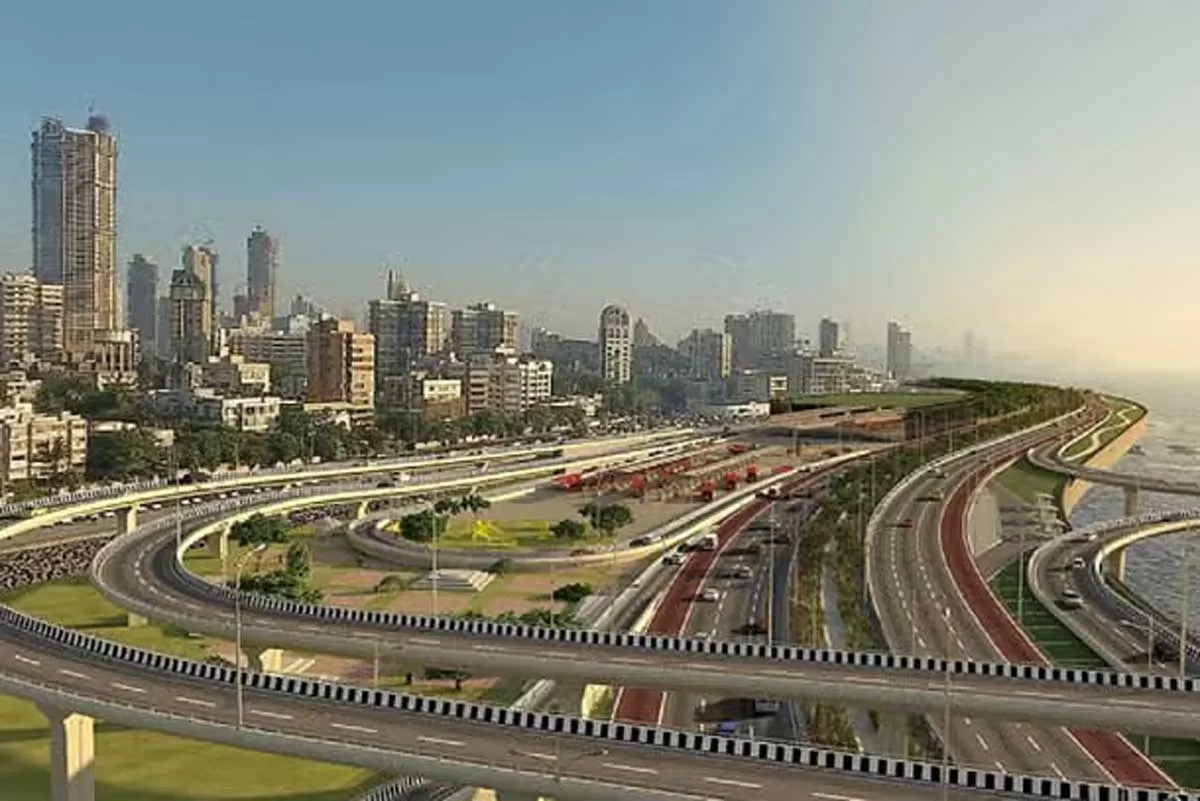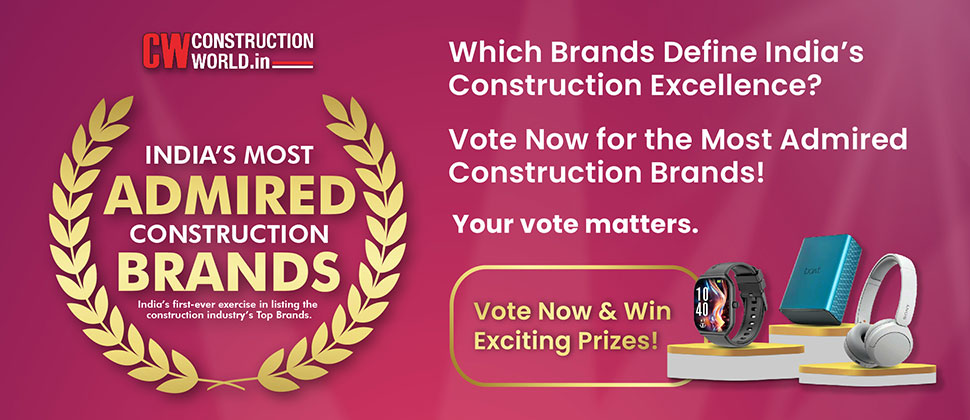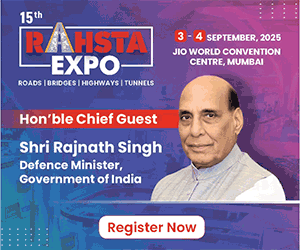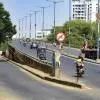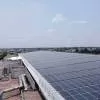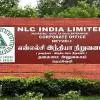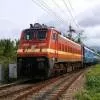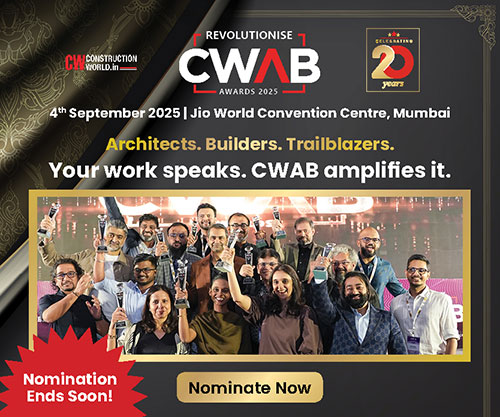Our focus is on Lodha's World One and World Crest
01 Jun 2012
6 Min Read
CW Staff
Jeremy Lester, Chief Executive International, Grocon
Sydney and Melbourne's CBDs already bear the unmistakable Grocon stamp. And now, after spreading its wings over the Middle East, this 60-year-old, family-owned business, which is one of Australia's premier construction and development companies, has its sight set firmly on India, and indeed the whole of Asia.
Already active in India through Lodha Group's internationally acclaimed World One and World Crest in Mumbai, Jeremy Lester, Chief Executive International, Grocon, talks about the company's role in these projects and its vision to establish itself as a world-class technical partner for Indian builders, in conversation with Shriyal Sethumadhavan. Excerpts...
How do you view India as a construction destination?
The Indian market is very ambitious and open. There is a certain cultural piece in working here. People here are intellectually curious and open to adopting new methods and international best practices. Hence, companies like Grocon bring in skills and capabilities to such markets that are hungry to change and adapt. Here, we intend to focus on four areas: site safety, efficiency and quality, speedy construction and sustainability. Having set shop here since the past 20 months, we are currently focusing on Lodha's World One and World Crest. The size and scale of these towers is very ambitious, and given the dynamics of the Indian market, the need of the hour is efficient construction. Hence, we are also introducing new methods to help realise this.
Elaborate on your contribution here.
While we are touching on efficiency and quality, our major contribution involves ensuring safe and speedy construction. For this, we have introduced our patented jump-form technology, which is a self-climbing and self-power formwork for constructing the critical vertical elements of buildings. Traditionally, in India, buildings achieve floor-to-floor construction within a 14-18 day cycle. But, for Lodha we are looking at a six to seven day cycle. This technology is also very efficient in terms of manpower. Also, the entire structure of World Crest is being enclosed to create a safe working environment.
You also have a patented double jump-form technology. Could you introduce us to this?
The traditional formwork used in India is wood or aluminium shuttering and bamboo props; this is slow and labour-intensive. Jump-form technology helps create the structure, one floor at a time, quickly, safely and accurately. But, using a double jump-form – as we do for specific projects in other markets – enables building two floors at a time. Although, this technology is highly efficient, we do not intend to use it in India at present, until we are confident about the logistics supply and the experienced workers needed to work this way.
Of your four patented technologies, are you applying the perimeter protective screen and 3D modelling technologies to the Lodha towers?
We are using the protective screen technique to ensure safety. In India, typically, the structure of a building is completed first – then perhaps the façade, then the mechanical and electric works and finally the interiors and finishes. But, with these perimeter screens around the building, we create upto five floors of safe working environment so that the follow on work can be carried out while the structure is being built. For tall buildings in Australia, as we use more advanced methods, the bottom floors are often finished and occupied while the upper floors are under construction.
3D modelling is also critically important. Today, clients demand smart air-conditioning and control systems and other design features that add to the sophistication of a building. With 2D or 1D modelling, one can easily end up with design conflicts. But, in 3D modelling, one can identify and eradicate such conflicts and work with a smart and experienced set of consultants who ensure error-free documentation and design. This also helps view the design as it evolves and identify areas of efficiency.
Coming back to Lodha's projects, apart from technology, what are the other areas that you are involved in?
We have been involved in logistics planning and site layout. Again, considering the speed and pace with which we intend to work, it is important to have the logistics supply chain in place to ensure that materials are delivered in time on site. We also offer advice on safety in collaboration with the Lodha management, their partners and subcontractors to ensure international safety practices on site. In addition to the jump-form safety screens and perimeter protective screens, we ensure, at a basic level, that all staff members wear protective clothing, helmets, boots and eye protection, etc. We also work with the teams on their training and education programmes.
Are you involved in making the Lodha towers sustainable?
Lodha is aiming at the American accreditation, USGBC Platinum. We are not directly involved in the greening part as specific features are being designed by the architects. For our part, the jump-form system is our contribution to efficiency. These systems are made of steel, which has recognised recycling properties. Also, we ensure that the timber used in our formwork is derived from renewable resources.
As a new entrant to India, have you faced any challenges?
The principal challenge lies in understanding how to navigate the bureaucracy. I do not mean bureaucracy in a disrespectable way, but there are regulations, standards and procedures to be followed and met. Second is in recognising a client who shares
and respects values similar to our company. Third is in the financing structure of a project. One always wants to be sure while working on a well-financed project, that it is completed within the set period and everything goes well in terms of delivering high quality.
Are there any other builders you look forward to working with?
There are a number, and we are very happy to commit to some other interested parties. Our immediate priority is, however, to focus on World One and World Crest. We want to ensure that their development process and construction pipeline are on track. Considering India as inexpert would be a huge mistake. There are some excellent people working here, and our challenge and goal are to match our level of expertise with the existing one to take this industry forward.
To give your feedback on this interview, write in at feedback@ASAPPmedia.com
